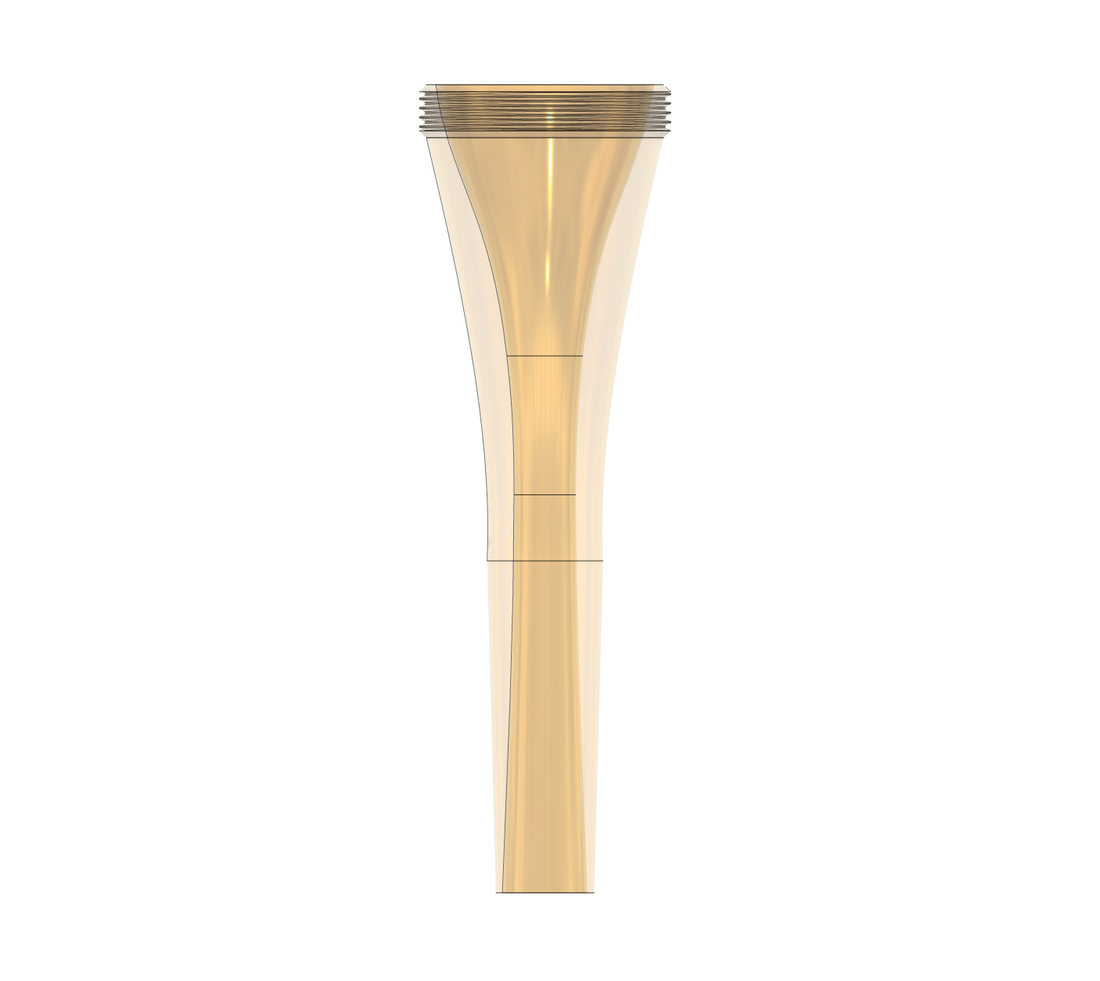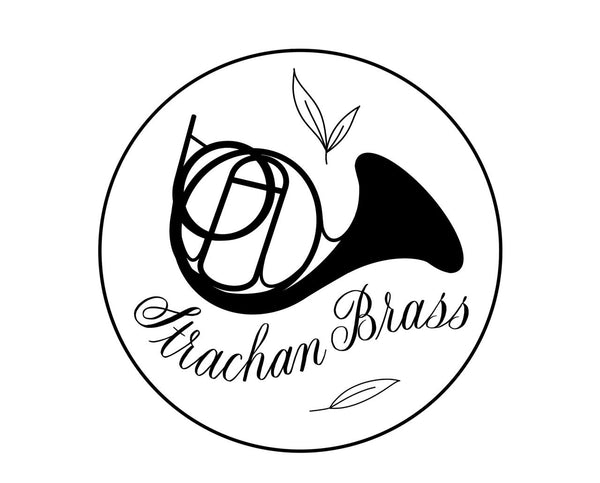The model CV and the new C Series
Share
After our prior attempt to redesign the model C (Read about that here), the original remained; the C was faithful to the Giardinelli Chambers family of mouthpieces but it just didn't work on every horn & it could often lack some brightness and hall presence.
Spurred on by the successes of the LA and armed with learnings from the Model GH about conical bore tapers, I finally had all of the ingredients to solve this longstanding puzzle; how do you make a mouthpiece that works on a wide variety of horn designs in a way that works with the character of the horn rather than overriding it.
Enter the model CV - a Vienna-hybridization of the model C.
At a glance you'd be forgiven for looking at the cup and going "that looks like a <insert prominent 20th century maker>"! And in a way, yes - this cup harkens back to an era where the division between Geyer and Kruspe was much more blurred* and the mouthpieces were designed to work on anything.
And some of them at least were outstanding. Smooth, could play anything but it belonged to your teacher / professor / etc. but you could never get another like it, and most of them were honestly pretty lacking.
After designing the piece, I had a small set of 10 made as testers and we brought them to IHS 57 over the summer (2025). The first thing that was immediately clear was we'd nailed it on the Kruspe family. The cups were playing great on everything from vintage Elkharts to modern Yamahas and recent production 8Ds. What surprised us was how well it played on even the most "Geyer" style horns out there. Because the cup was designed for even response across tapers it also creates an even response across registers even within the same horn.
This uses a tapered bore entrance similar to the GH in Geyer land but with a different objective this time; to get that rich sound of the traditional deep funnels but in responsive, accurate geometry. The result is a bowl-shaped upper which helps with clarity and immediacy and then a very deep extension into the bore which keeps the tone rich. The overall cup volume is kept in check by balancing these two factors and allowed the use of a traditional cup prominence.
From here we're going to use the C-series moniker for mouthpieces designed for broad compatibility across different makes and designs of horn.
* They both derived from the common C.F. Schmidt ancestor, and there were a lot of "in-between" horns like the original Farkas Holton 77 and the larger Schmidt bells Geyer liked to put on some horns.

